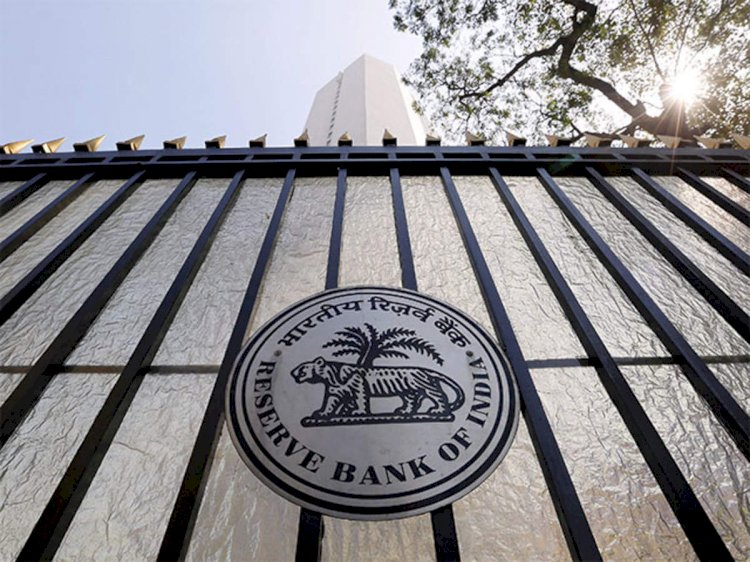Credit risks better-managed at small finance banks: RBI bulletin
“The non-performing asset (NPA) ratio of SFBs has been moderate since their inception, underlining a healthy asset quality. This may be expected as these banks do not suffer from a legacy of NPAs as other scheduled commercial banks (SCBs). However, their low NPA ratio also reflects better management of credit risk despite serving a small-sized clientele," it said.

As on 31 March last year, about 41% of total loans by small finance banks were to small businesses, as per RBI data. The same for public sector banks, private banks and foreign banks put together, was at 17%The bad loan ratio of small finance banks (SFBs), among the latest entrants in India’s financial system, has remained moderate since inception, a reflection of their better management of credit risks, the central bank said in its January bulletin.Written by Richa Saraf and Pallavi Chavan from the Department of Supervision as part of the bulletin, the report was accompanied by the usual disclaimer that views expressed are those of the authors and do not reflect those of the Reserve Bank of India (RBI).
Ten small finance banks have started operations since licensing guidelines were released by the central bank in 2014. The first two, Capital Small Finance Bank and Equitas Small Finance Bank, started operations in 2016 followed by seven more in 2017, and one more in 2018. Most of the SFBs, the regulator said, were previously microfinance institutions (MFIs) with a few notable exceptions, such as the Capital Small Finance Bank which was a local area bank.“The non-performing asset (NPA) ratio of SFBs has been moderate since their inception, underlining a healthy asset quality. This may be expected as these banks do not suffer from a legacy of NPAs as other scheduled commercial banks (SCBs). However, their low NPA ratio also reflects better management of credit risk despite serving a small-sized clientele," it said.
On the other hand, universal banks have been saddled with bad loans, some of it emanating from legacy accounts in infrastructure and other large industries.The report said non-performing assets (NPAs) affect the profitability and thereby the internal accretion of capital of any financial institution. In that context, one of the creditable features associated with micro finance has been its lower loan defaults, which have been made possible by better management and supervision of the credit portfolio through the employment of social collateral of self-help groups, it said.
“Small finance banks, many of which were erstwhile non-banking financial company – microfinance institution (NBFC-MFIs), too have reported low NPA ratios," it said.However, bad loan status of small finance banks in the near future, as in case of other banks, will depend on various regulatory interventions, including the moratorium and the resolution framework, introduced to address COVID-19-related stress. Besides, for small businesses, the covid-19 resolution framework has been aligned with the existing restructuring package, ensuring a continued regulatory support to these businesses, which form a major part of the loan portfolio of SFBs, the report said.As on 31 March last year, about 41% of total loans by small finance banks were to small businesses, as per RBI data. The same for public sector banks, private banks and foreign banks put together, was at 17%.
“Small finance banks reported a greater concentration of loans to agriculture, trade and professional services. These three sectors accounted for about 65% of the total credit of SFBs in March 2020 as compared to scheduled commercial banks which lent about 66% of their credit to industry, personal loans and finance," the report added.It pointed out that since SFBs, by design, were expected to extend small-sized loans, it may not be wrong to assume that they financed small agriculturists, small traders and small businesses.That said, the authors found that there is greater concentration of their branch networks in relatively well-banked states. They said while there has been a rapid growth in the branch network of SFBs since their inception, this has been markedly concentrated in the southern, western, and northern regions, which are relatively the well-banked regions in the country.“Their penetration in the north-eastern region, which is known to be the least banked region, remains low," it said, adding that branches also display concentration in the urban and semi-urban centres or more specifically, tier one to three centres having population of 20,000 persons and above.






























